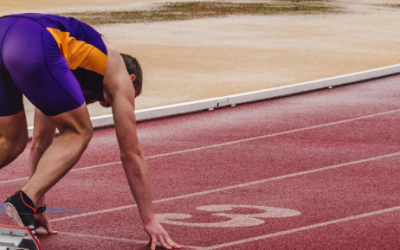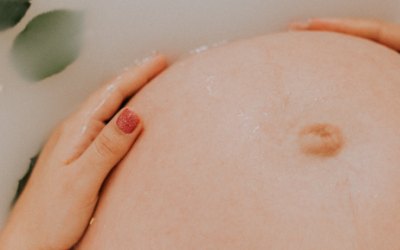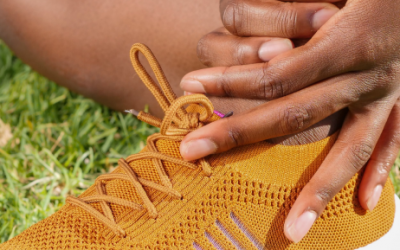Tendons like loading and it is vital for them in order to maintain their mechanical and physiological properties. What tendons don’t like is sudden increase either in intensity or frequency of a certain activity. Load is the key variable when dealing with tendons (1,2). The most common issue with distance runners is frequency (i.e. how often they are exposed to high load) and in sprinters, load intensity (i.e. how hard they train). In both cases, load, if managed correctly would lead to positive results; if not, it would lead to tendon failure. Therefore, chronic repetitive movements or acute overload, especially if accompanied by insufficient rest, is bad for tendon health.
What you can do – Injury prevention is a massive subject, however, many of the principals underpinning it are similar for every sport. Below are a few general points to help you avoid tendon injuries.
- Work on technique – Bad technique is among the top causes of chronic tendon pain. Don’t be afraid to ask for help and guidance if you are a novice in the sport you are doing. (2,3)
- Address poor body mechanics – excessive foot pronation, knee valgus, poor hip and pelvic and scapular control are a few examples of what could lead to overusing and overstressing your tendons. (4-6)
- Training errors – Individualise your training. This means a well-designed training program including periodization, specificity and overload and is personalised for the individual athlete as they are less likely to fall in the overtraining trap. (1-3)
- Warm up – increases blood flow to muscles, reduces viscosity leading to smoother muscle contraction, and generally prepares you for the upcoming training session.
- Equipment – this depends on the sport. For example, runners should choose appropriate footwear that fits their body mechanics. A tennis player must choose a racquet that suits their individual characteristics and so on. (2)
- Hydration – Important to maintain optimal fluid balance, especially after training or competitions/games.
- Nutrition – There is a lot to be said about nutrition. Nutrition aids recovery from intense exercise by replenishing glycogen stores and by providing the necessary protein and much more.
- Rest – Listen to your body and take a rest if you feel tired, your performance is decreased, or if you are having small niggles which don’t seem to improve. All these are signs of overtraining.
If you are having tendon symptoms professional assessment is advised in order to direct you towards the most effective treatment and identify factors that may predispose the current state of your tendon.
See also:
- Part I: Tendonitis vs Tendinopathy – The difference!
- Part II: Approach to tendon treatment
- Running Related Injuries (RRI’s)
- Ankle Injuries
References:
- Matava MD.American Orthopedic Society for Sports Medicine. 2008.http://www.sportsmed.org/secure/reveal/admin/uploads/documents/ST%20Overuse%20Injuries%2008.pdf
- Magra M, Maffulli N.Genetic aspects of tendinopathy. J Sci and Med Sport. 2008;11(3):243–47
- Almekinders LC, Temple JD.Etiology, diagnosis, and treatment of tendonitis: an analysis of the literature. Med Sci Sports Exerc. 1998;30(8):1183–90
- Cook JL, Khan KM, Maffulli N, et al.Overuse tendinosis, not tendinitis. part 2: applying the new approach to patellar tendinopathy. The Phys and Sportsmedicine. 2000;28(6):1–11
- Witvrouw E, Bellemans J, Lysens, et al.Intrinsic risk factors for the development of patellar tendinitis in an athletic population: a two-year prospective study. Am J Sports Med. 2001;29(2):190–95
- Malliaras P, Cook JL, Kent P.Reduced ankle dorsiflexion range may increase the risk of patellar tendon injury among volleyball players. J Sci Med Sport. 2006;9(4):304–9



